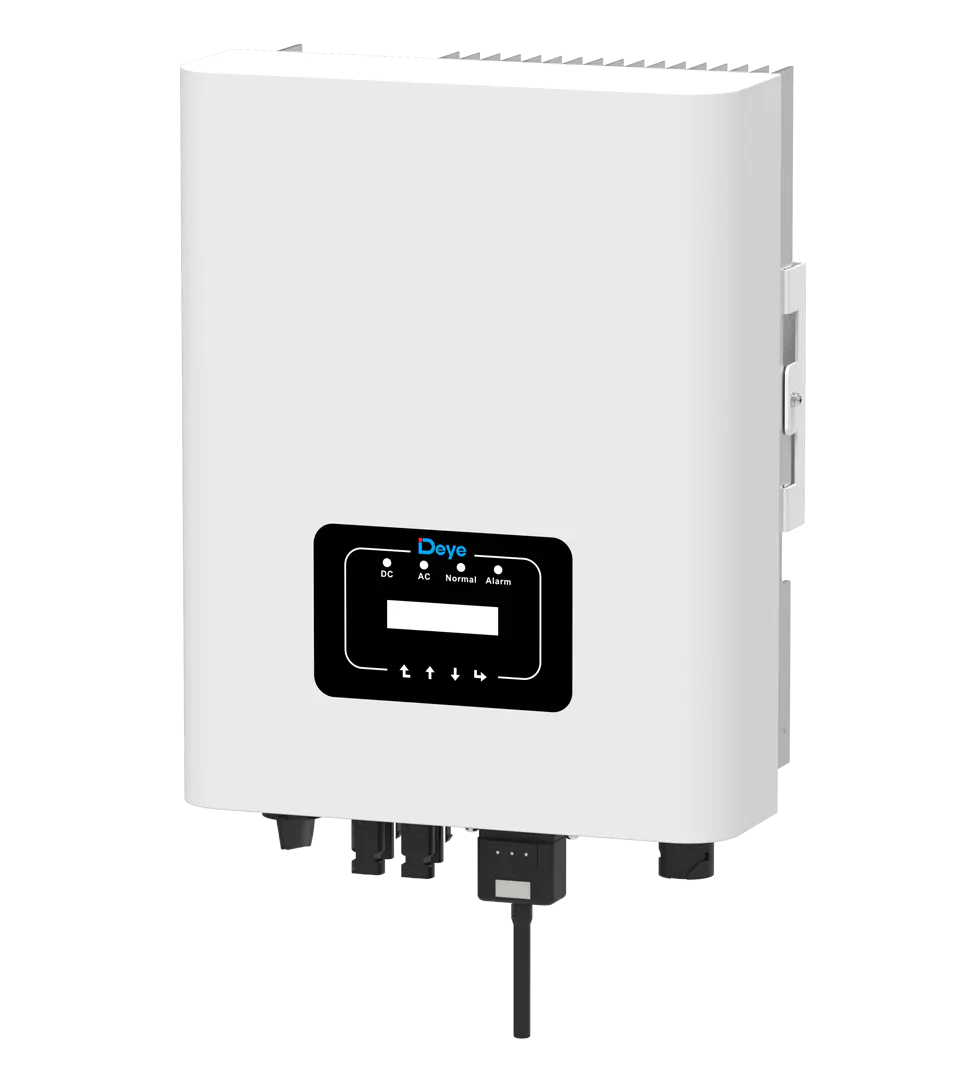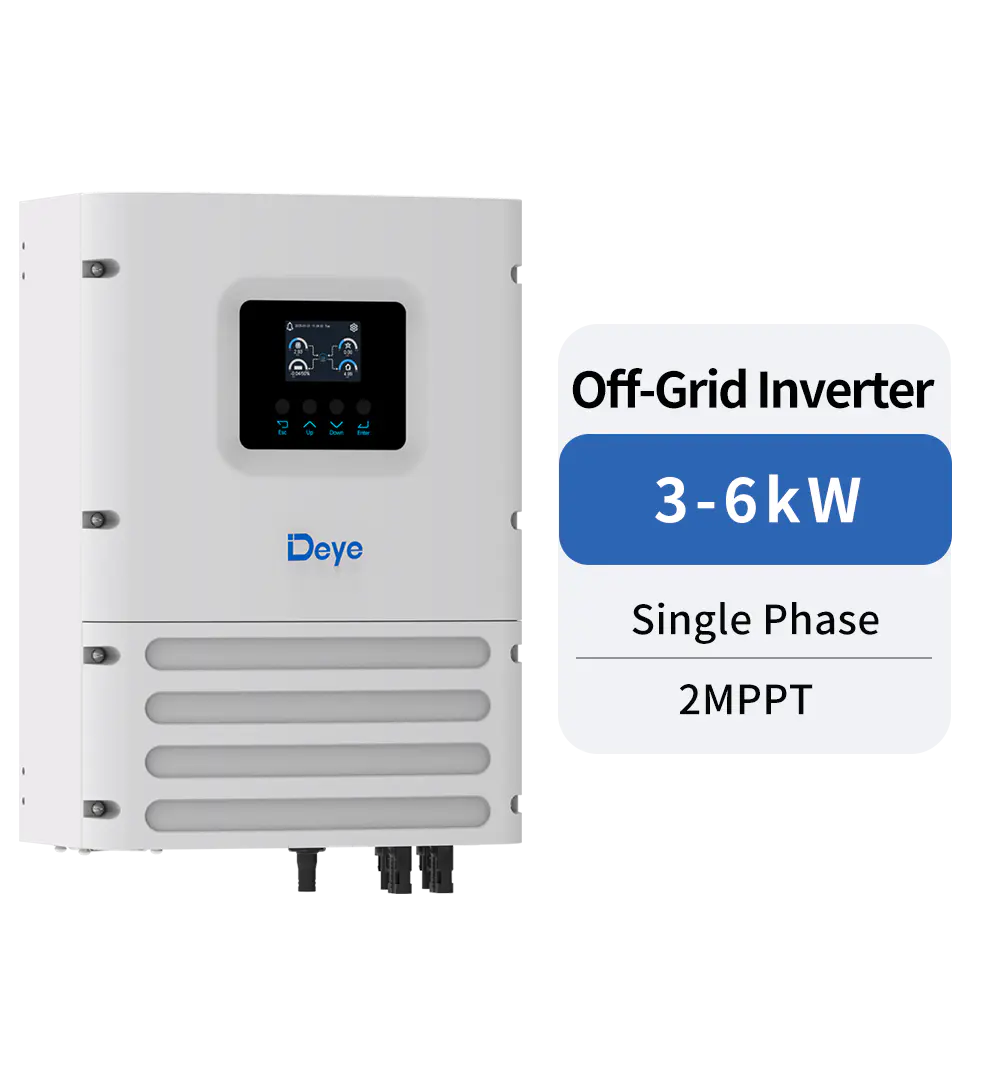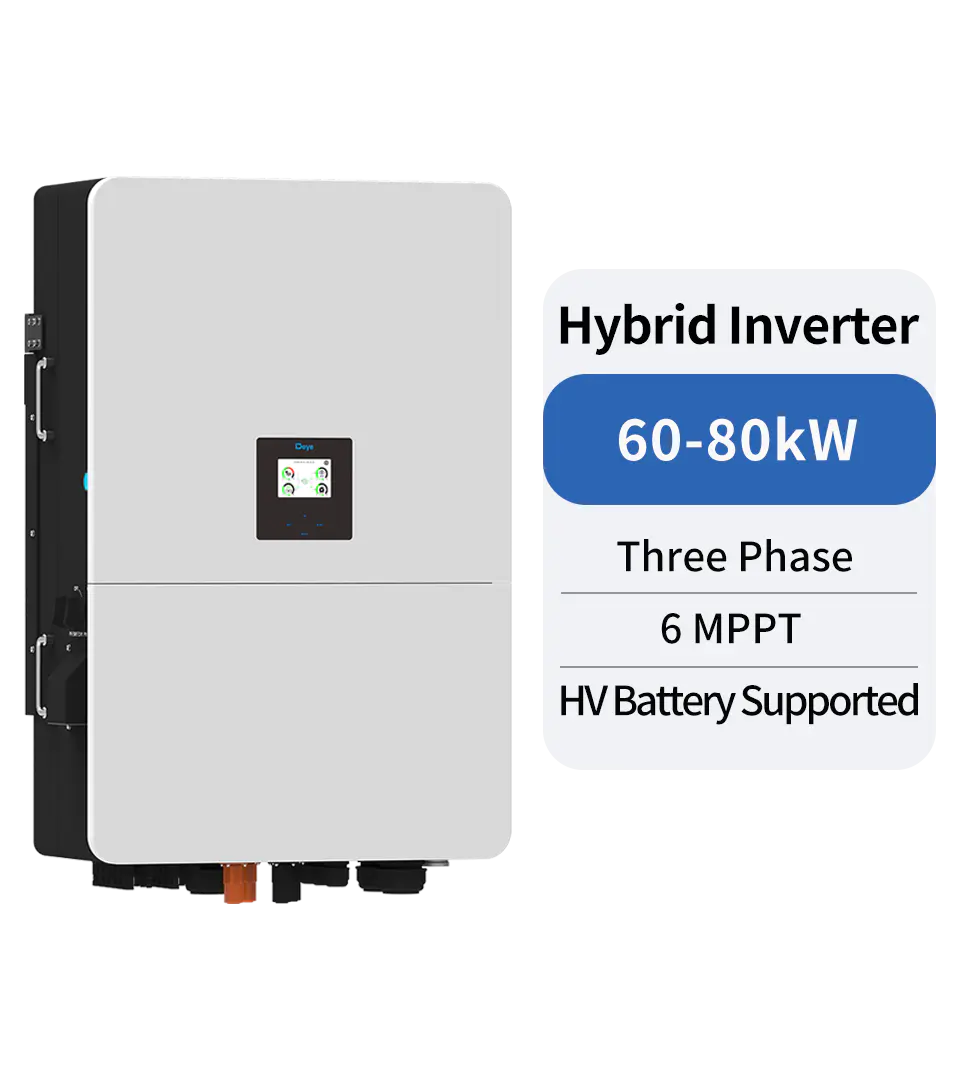Technical Topics
What are the types of 3-phase inverter
There are several types of 3-phase inverters, each with its own characteristics and features. Some common types of 3-phase inverters include:
Voltage-source inverter (VSI): A voltage-source inverter (VSI) is a type of inverter that generates a voltage waveform that is similar to that of the input AC voltage. It is commonly used in variable-frequency drive (VFD) systems to control the speed of 3-phase motors.
Current-source inverter (CSI): A current-source inverter (CSI) is a type of inverter that generates a current waveform that is similar to that of the input AC current. It is commonly used in adjustable-speed drive (ASD) systems to control the speed of 3-phase motors.
Pulse-width modulated (PWM) inverter: A pulse-width modulated (PWM) inverter is a type of inverter that uses pulse-width modulation to control the output voltage and frequency of the inverter. It is commonly used in motor drives and renewable energy systems.
Flying-capacitor inverter: A flying-capacitor inverter is a type of inverter that uses a network of capacitors to store and transfer energy between the inverter legs. It is commonly used in high-power applications, such as electric vehicle charging stations.
Cascaded multilevel inverter: A cascaded multilevel inverter is a type of inverter that uses multiple voltage levels to produce a stepped waveform. It is commonly used in high-voltage power transmission systems and renewable energy systems.
Hybrid multilevel inverter: A hybrid multilevel inverter is a type of inverter that combines elements of both voltage-source and current-source inverters. It is commonly used in high-power applications, such as electric vehicle charging stations.

PREV:Can I run an air conditioner on solar power
NEXT:What are the types of 3-phase inverter
Share
Product recommendations
news recommendations
-

-
 Green Industry, Bright Future: Deye Distributor Summit – Dubai 2025 Concludes Successfully
Green Industry, Bright Future: Deye Distributor Summit – Dubai 2025 Concludes SuccessfullyIn November 2025, Deye Group successfully hosted the “Green Industry, Bright Future—Deye 2025 Dubai ...
-
 Deye’s Malaysia Johor Manufacturing Base Officially Breaks Ground — A Key Step Forward in Its Globalization Strategy
Deye’s Malaysia Johor Manufacturing Base Officially Breaks Ground — A Key Step Forward in Its Globalization StrategyOn October 2, 2024, Deye Group (hereinafter referred to as “the Company”) held a groundbreaking cer...

 China - 简体中文
China - 简体中文 Global - English
Global - English Brazil - Português
Brazil - Português Netherlands - Dutch
Netherlands - Dutch Italy - Italiano
Italy - Italiano Germany - Deutsch
Germany - Deutsch Spain - Español
Spain - Español France - Français
France - Français Vietnam - Tiếng Việt
Vietnam - Tiếng Việt Poland - Polski
Poland - Polski Australia - English
Australia - English


